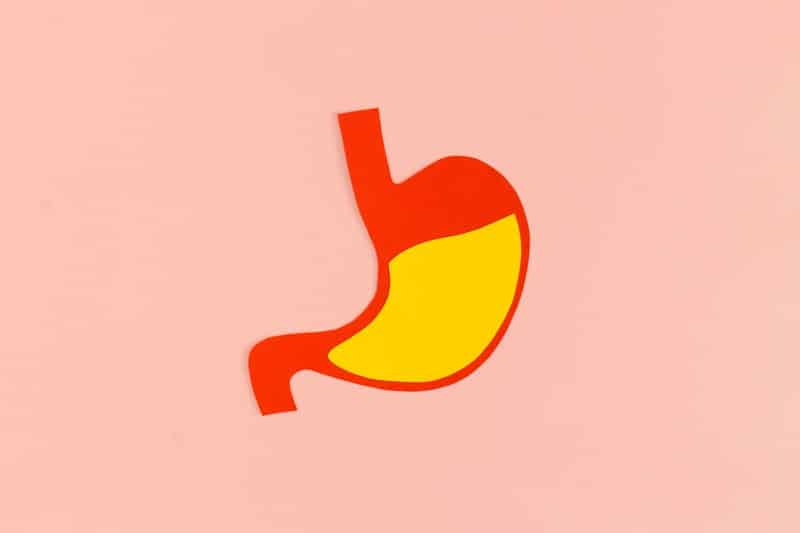Dyspepsia

Dyspepsia, or indigestion, as it’s more commonly known, refers to the upper abdominal pain or discomfort that usually occurs after drinking or eating. It isn’t considered a disease but rather a symptom of an underlying condition, such as gallstones and gastroesophageal reflux or GERD. This upper gastrointestinal disorder is also a relatively common issue, affecting upwards of thirty percent of the population. Some of the symptoms it presents are nausea, gas, general pain and discomfort, and feelings of bloatedness.
The treatments used for dyspepsia often depend on its severity and cause. Usually, treating the medical condition responsible for its onset can relieve its symptoms. But for infrequent or mild attacks, lifestyle changes are more than enough to treat the disorder. Some of these are avoiding or limiting trigger food consumption like fried food, garlic, onion, and chocolate. It’s also better to stick with water than carbonated beverages like soda. In addition, eating slower and smaller meals, maintaining a healthy weight, and quitting smoking can help.
However, medical practitioners may recommend specific medications like antacids, H-2-receptor antagonists, prokinetics, and antibiotics for frequent and severe symptoms. Because chronic indigestion may impact standards of life and quality of well-being, seeking counseling is also advised.










